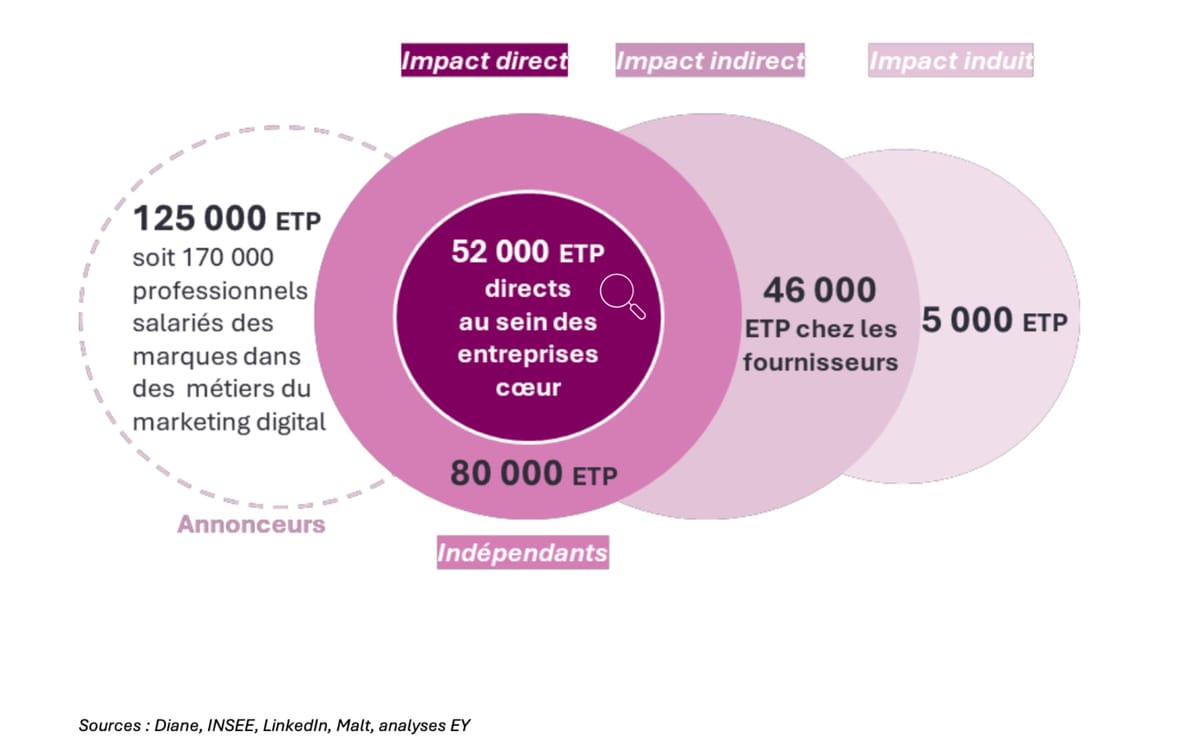OTT (Over-the-Top) attribution has become increasingly important in the digital marketing realm as more and more consumers shift to streaming services for their entertainment needs. With the rise of OTT platforms like Netflix, Amazon Prime, Hulu, and Disney+, advertisers are looking for ways to measure the effectiveness of their ads and understand the impact on consumer behavior. In this article, we will delve into the world of OTT attribution and explore how it works.
What is OTT Attribution?
OTT attribution refers to the process of determining the impact of advertising campaigns on OTT platforms and attributing conversions or actions to specific ads. It helps advertisers understand how effective their campaigns are in driving consumer actions such as app installs, purchases, website visits, or subscriptions.
OTT platforms gather vast amounts of data on user behavior, including which ads a user has seen, how long they watched an ad, and whether they took any action in response. This data is then used to track conversions and attribute them to the corresponding ad placements.
How Does OTT Attribution Work?
OTT attribution relies on advanced tracking technologies and data analysis to connect the dots between ad exposure and consumer actions. Here’s a step-by-step breakdown of how it works:
1. Ad Delivery: Advertisers deliver their ads to OTT platforms, which then serve the ads to the targeted audiences. These ads can be in the form of video commercials, banners, or sponsorships.
2. Ad Impressions: When a user watches an ad, it generates an ad impression. OTT platforms track the number of impressions for each ad and provide this data to advertisers.
3. User Identification: OTT platforms use various techniques to identify individual users, such as device IDs or login information. This helps in associating actions with specific users.
4. Ad Attribution: OTT platforms track user actions, such as app downloads, website visits, or purchases, and attribute them to specific ad exposures. This is done using a combination of cookies, device fingerprinting, and user login data.
5. Data Analysis: Advertisers analyze the attribution data to understand which ad placements or campaigns are driving the desired actions. They can then optimize their strategies and budgets based on these insights.
Key Factors in OTT Attribution
Several factors play a crucial role in OTT attribution:
1. Device Categorization: Since users consume OTT content on various devices, including smart TVs, streaming devices, and mobile devices, it is essential to categorize the devices accurately to ensure accurate attribution.
2. Retargeting Capabilities: OTT platforms often have retargeting capabilities, which allow advertisers to reach users who have previously engaged with their ads or shown interest in their products/services. Retargeting can significantly impact attribution outcomes.
3. Cross-Device Tracking: Users often switch devices while consuming OTT content. Effective cross-device tracking is essential to connect the dots and attribute actions accurately.
4. Data Privacy Regulations: Advertisers must comply with data privacy regulations, such as GDPR and CCPA. These regulations often influence the data collection and tracking methods used in OTT attribution.
Benefits of OTT Attribution
OTT attribution offers several benefits to advertisers:
1. Performance Measurement: It allows advertisers to measure the effectiveness of their OTT campaigns and determine the ROI (Return on Investment) of their ad spend.
2. Optimization Opportunities: By analyzing attribution data, advertisers can identify the most effective ad placements, creatives, and targeting strategies. This helps optimize future campaigns for better results.
3. Audience Insights: Understanding the actions and behaviors of OTT viewers can provide valuable insights into the target audience. These insights can be used to improve ad targeting and personalize messaging.
4. Enhanced Campaign Planning: OTT attribution data helps advertisers identify the most valuable touchpoints along the customer journey. This enables them to plan their campaigns strategically and allocate budgets effectively.
5. Competitive Advantage: Leveraging OTT attribution effectively gives advertisers a competitive edge by allowing them to understand the impact of their ad campaigns better than their competitors.










Leave a Reply